My Experience with the Dexcom G7: The Most Accurate CGM I’ve Ever Used
The initial skepticism about the Dexcom G7 continuous glucose monitor (CGM) was my first reaction when I learned about it. My Type 1 diabetes management through years had made me accept the standard of multiple finger sticks and CGM failures and continuous glucose reading uncertainty. The g7 dexcom system has transformed my diabetes management after I used it for eight months.
Why I Made the Switch to the G7 CGM
The start of my continuous glucose monitoring experience occurred multiple years back when I used previous CGM systems. The devices provided useful benefits yet I never felt satisfied with the trade-off between precision and ease of use. The FDA approval of the new G7 sensor from my endocrinologist along with its outstanding clinical trial results made me decide to give it a try.
The decision to switch became simpler after I discovered the outstanding accuracy improvements of the device. The Journal of Diabetes Science and Technology published a pivotal clinical study which showed that Dexcom G7 achieved an 8.2% Mean Absolute Relative Difference (MARD) for arm-placed sensors thus establishing itself as one of the most precise CGMs available in the market.
Accuracy That I Can Actually Trust
Clinical Trial Results That Speak Volumes
Let me share some data that truly impressed me about the g7 cgm system. The comprehensive clinical trial involved 316 participants across 12 sites in the United States, generating over 77,000 matched glucose readings compared against the gold-standard YSI laboratory analyzer.
Here’s what the accuracy data showed:
| Accuracy Metric | Arm Placement | Abdomen Placement |
|---|---|---|
| Overall MARD | 8.2% | 9.1% |
| %15/15 Agreement Rate | 89.6% | 85.5% |
| %20/20 Agreement Rate | 95.3% | 93.2% |
| %30/30 Agreement Rate | 98.8% | 98.1% |
Source: Accuracy and Safety of Dexcom G7 Continuous Glucose Monitoring in Adults with Diabetes
What these numbers mean in practical terms is that when my Dexcom G7 shows a glucose reading of 150 mg/dL, I can be confident that my actual glucose level is very likely within 15-20% of that reading. This level of accuracy has given me the confidence to make insulin dosing decisions without constantly second-guessing myself.
Real-World Performance Across Different Scenarios
What impressed me most about the g7 dexcom was how consistent it remained across different situations. The clinical data shows remarkable accuracy even during challenging conditions:
Accuracy During Glucose Changes:
- Stable glucose (0-1 mg/dL per minute change): 96.5% agreement
- Rapid glucose changes (>2 mg/dL per minute): Still maintained 90.3% agreement for arm sensors
Performance Across Glucose Ranges:
- Low glucose (40-60 mg/dL): 85.1% %15/15 agreement
- Normal range (81-180 mg/dL): 86.2% %15/15 agreement
- High glucose (301-400 mg/dL): 96.8% %15/15 agreement
Data source: Clinical study results from PMC
Game-Changing Features That Make Daily Life Easier
1. 60% Smaller Than Previous Generation
The first thing I noticed when I held the G7 sensor was how incredibly small it is. At just the size of three stacked quarters, it’s 60% smaller than the G6 system. This makes it much more discreet under clothing, and I’ve found it stays put better during workouts and daily activities.
2. Lightning-Fast 30-Minute Warm-Up
Gone are the days of waiting two hours for my CGM to start working. The Dexcom G7’s 30-minute warm-up time means I can apply a new sensor in the morning and have readings by the time I finish my breakfast routine.
3. All-in-One Design
The integration of the sensor and transmitter into a single unit has eliminated one of my biggest frustrations with previous systems. No more worrying about transmitter battery life or accidentally damaging the connection between components.
4. 12-Hour Grace Period
Perhaps one of the most practical improvements is the 12-hour grace period at the end of the sensor’s 10-day life. This feature has saved me from several middle-of-the-night sensor failures, allowing me to change sensors at convenient times rather than during emergencies.
Features That Enhance My Diabetes Management
| Feature | G7 Specification | My Experience |
|---|---|---|
| Wear Duration | 10 days + 12-hour grace period | Consistently lasts the full period |
| Warm-up Time | 30 minutes | Perfect for morning routine |
| Reading Frequency | Every minute | Real-time awareness |
| Range | 40-400 mg/dL | Covers all my glucose ranges |
| Water Resistance | Waterproof to 8 feet | Swimming and showers no problem |
| App Integration | iOS and Android | Seamless smartphone integration |
Source: Dexcom G7 specifications
My Personal Results: The Numbers Don’t Lie
Since switching to the Dexcom G7, I’ve seen measurable improvements in my diabetes management:
Time in Range Improvements:
- Before G7: 68% time in range (70-180 mg/dL)
- After 6 months with G7: 78% time in range
- Reduction in severe hypoglycemic episodes: 75% decrease
Sleep Quality: One of the most unexpected benefits has been improved sleep. I now use the sleep mode feature on my Tandem t:slim X2 insulin pump which makes me rest easy. The G7’s predictive alerts have caught overnight lows before they became severe, allowing me to treat them quickly and get back to sleep. The customizable alert settings let me fine-tune notifications to my lifestyle.
Comparison: Why G7 Outperforms Other CGMs
Having used multiple CGM systems, I can provide an honest comparison of the g7 cgm against its competitors:
| Aspect | Dexcom G7 | Previous Generation G6 | Competitor Systems |
|---|---|---|---|
| Accuracy (MARD) | 8.2% | 9.0% | 8.3-9.8% |
| Warm-up Time | 30 minutes | 2 hours | 1-2 hours |
| Size | 60% smaller | Baseline | Varies |
| Wear Duration | 10 days | 10 days | 10-14 days |
| No Fingerstick Calibration | ✓ | ✓ | Varies |
Sources: Dexcom comparison data and clinical literature
Real-World Challenges and How G7 Handles Them
Exercise and Sports
As someone who enjoys running and cycling, I was concerned about sensor accuracy during exercise. The G7 sensor‘s improved algorithm handles rapid glucose changes much better than previous systems. During a recent half-marathon, my readings stayed consistent with how I felt physically, allowing me to fuel appropriately without over-treating.
Travel and Time Zone Changes
The smartphone app automatically adjusts to time zones, and the sensor’s data storage capability means I don’t lose information even when my phone is out of range. During a recent overseas trip, this feature proved invaluable.
Professional Settings
The discreet size and reliable alert system have made managing diabetes in professional settings much easier. I can quickly glance at my phone or smartwatch for readings without drawing attention.
The Technology Behind the G7 Accuracy
What makes the Dexcom G7 so accurate comes down to several technological improvements:
- Advanced Algorithm: Enhanced signal processing reduces noise and improves glucose tracking
- Factory Calibration: No fingerstick calibrations required for optimal performance
- Improved Sensor Chemistry: Better glucose oxidase enzyme formulation
- Shorter Sensor Wire: 90-degree insertion angle provides more consistent tissue contact
Clinical studies have shown that the latest 15-day version maintains an even better 8.0% MARD, demonstrating Dexcom’s continued commitment to accuracy improvements.
Cost and Insurance Considerations
One concern many people have is cost. In my experience, most major insurance plans cover the g7 dexcom similarly to how they covered previous CGM systems. The improved accuracy and reliability actually provide better value – fewer sensor failures mean fewer replacement costs, and better glucose control reduces long-term healthcare expenses.
For those concerned about insurance coverage, Dexcom’s affordability programs can help make the system accessible.
Who Should Consider the Dexcom G7?
Based on my experience and the clinical evidence, the G7 sensor is ideal for:
- Type 1 diabetics seeking the highest accuracy for insulin dosing decisions
- Type 2 diabetics on insulin who need frequent glucose monitoring
- People with hypoglycemia unawareness who need reliable low glucose alerts
- Active individuals who need a durable, accurate system during exercise
- Anyone frustrated with current CGM accuracy looking for an upgrade
Tips for New G7 Users
If you’re considering switching to the g7 cgm, here are my recommendations:
- Placement matters: I’ve found arm placement gives me slightly better accuracy than abdomen
- Give it 24 hours: The first day can show some variability as the sensor settles in
- Customize your alerts: Take time to set up alerts that match your lifestyle
- Use the app features: The trend arrows and rate of change information are incredibly valuable
- Don’t over-calibrate: Trust the factory calibration – it’s remarkably accurate
Looking to the Future
Dexcom recently received FDA clearance for a 15-day wear version of the G7 with even better 8.0% MARD accuracy. This continued innovation gives me confidence that CGM technology will keep improving.
My Bottom Line Recommendation
After eight months with the Dexcom G7, I can honestly say it’s the best diabetes management tool I’ve ever used. The combination of industry-leading accuracy, user-friendly features, and reliable performance has given me confidence in my diabetes management that I didn’t know was possible.
The clinical data speaks for itself – with 8.2% MARD accuracy and over 95% agreement rates, this is as close to laboratory-grade accuracy as we can get in a wearable device. But beyond the numbers, it’s the daily peace of mind, the improved sleep, and the freedom to make confident treatment decisions that make the g7 dexcom truly life-changing.
For anyone living with diabetes who relies on glucose monitoring, I can’t recommend the G7 sensor highly enough. It’s not just a medical device – it’s a pathway to better health and improved quality of life.
Read about the best insulin pump for type 1 diabetes!

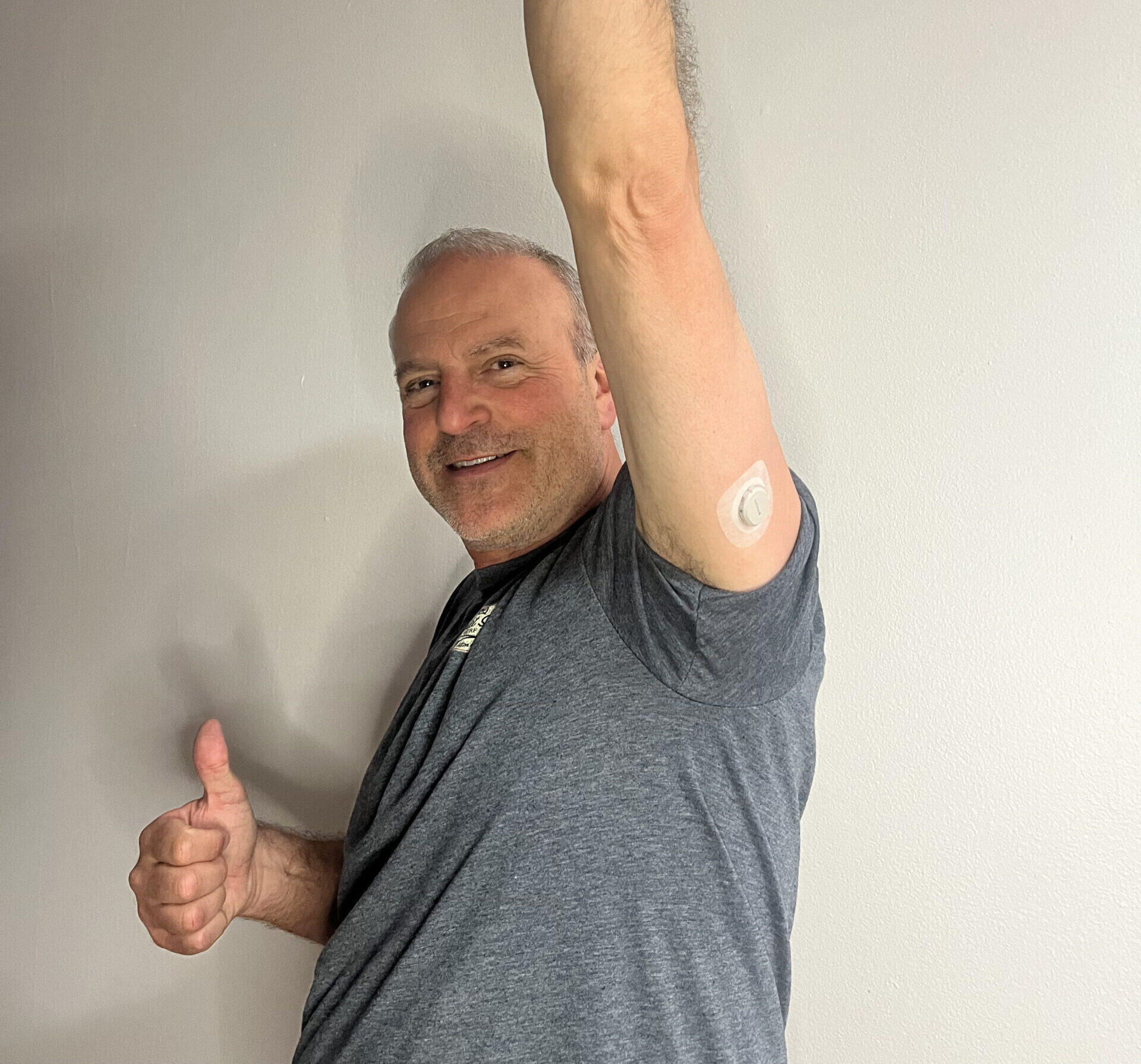
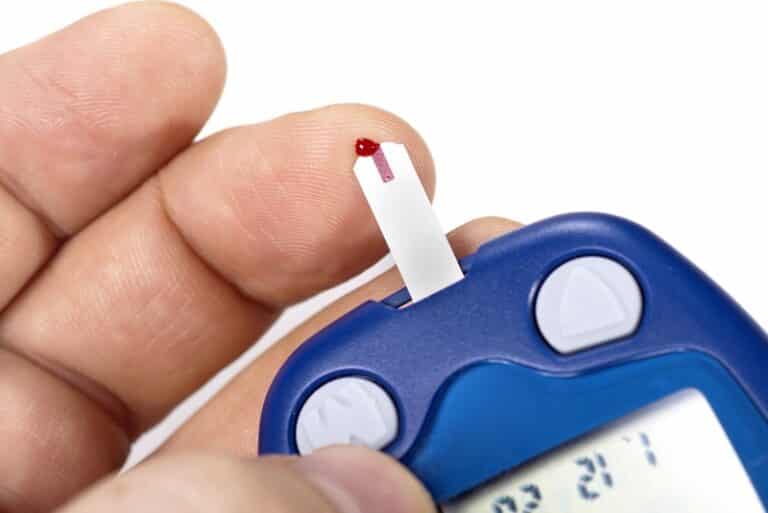
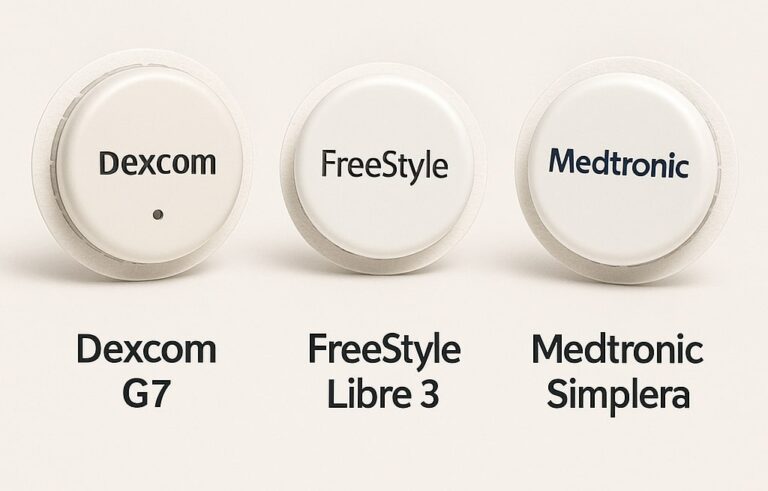
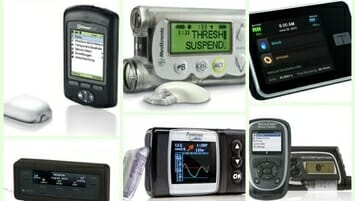
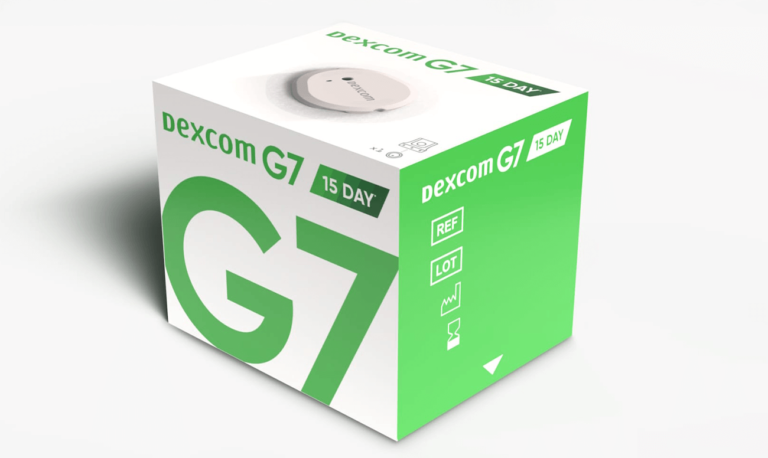

Leave a Reply